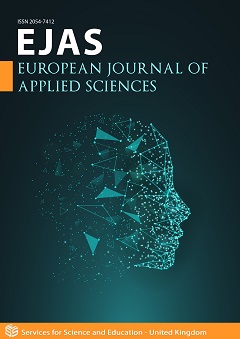Giant Platelets as Potential Biomarker for Autism Spectrum Disorder
DOI:
https://doi.org/10.14738/aivp.121.16177Keywords:
RASA3, ASD, DNA methylation, Plateletcrit, HyperserotonemiaAbstract
Introduction: Platelet hyperserotonemia has been repeatedly observed in individuals with autism spectrum disorder (ASD). Ras p21 protein activator 3 (RASA3) is essential in forming and differentiating blood cells, especially platelets. Therefore, this study aims to evaluate the expression of RASA3 and examine the platelet morphology in addition measuring the plateletcrit and platelet count in all samples. Methods: RNA was extracted from 12 autistic children and four control samples then qPCR was used to determine the expression of RASA3. Platelet morphology was examined under light microscope. In addition, Complete blood count (CBC) test with automated haematology analysers was done for all children to determine the platelet count and the plateletcrit (PCT). Results: The qPCR result showed differential expression patterns of RASA3 between autistic and normal samples. The platelet morphology revealed large and giant platelets in all autistic samples and the plateletcrit percentage was increased in 10 out of 12 ASD samples. Conclusions: There is a correlation between dysregulated RASA3 and the large and giant platelets in ASD cases which could explain the platelet hyperserotonemia in this disorder and could be used as an early biomarker for ASD diagnosis or may be used for early interventions.
Downloads
Published
How to Cite
Issue
Section
License
Copyright (c) 2024 Aya Sanyour, Safiah Alhazmi

This work is licensed under a Creative Commons Attribution 4.0 International License.






